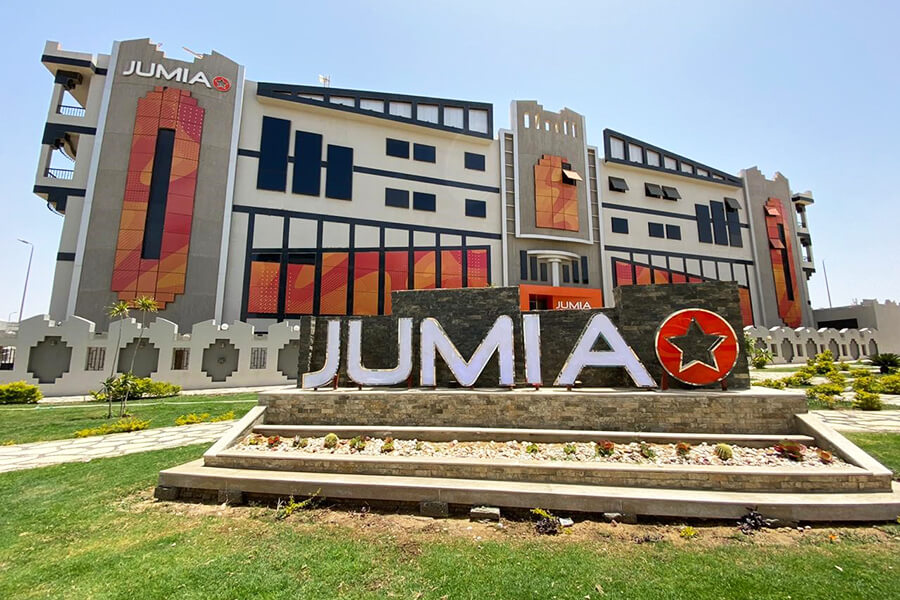Jumia’s Q2 financial report shows a reduction in losses as the company continues to talk about the importance of “progress towards profit.” Its operating losses slowed to $23.3 million in Q2 2023, the lowest reported in four years, thanks to a massive reduction in sales and advertising expenses. While Jumia spent $22.2 million on advertising in Q2 2022, it spent only $5.8 million in Q2 2023. Its general and administrative expenses also reduced because of layoffs earlier in the year, while technology expenses were also lower compared to Q2 2022.
Despite these positives, Jumia was affected by worsening macroeconomic conditions in Nigeria, one of its biggest markets. That resulted in revenues of $48.5m for the quarter, down from $57.3m in Q2 2022 and a lower order volume of 6.5 million vs 10.3 in Q2 2022. Its active customers also reduced by 1 million, with 2.4 customers in Q2 2023. Gross Merchandise Value, the value of all goods sold on the Jumia platform, also fell to $202 million.
The company said, “Usage performance continued to be affected by the difficult operating environment with record levels of inflation impacting consumers’ spend as well as sellers’ ability to source goods.” Nigeria’s inflation rate has remained above 20% throughout the year, driven by high food prices. Critical but complex reforms such as the removal of fuel subsidies continue to put a strain on the purchasing power of consumers.
Yet, the struggles go beyond Nigeria. Ghana’s inflation rate also hit 43%, while Egypt’s rose to around 35%. Across all of Jumia’s markets, the average inflation rate is 14%, and currency depreciation in nine of its ten markets shows the difficulty of its goal of moving towards profitability.
Moving away from being the everything app?
In 2021, Jumia began a critical move towards delivering grocery and everyday items. With the tagline “your every day delivered,” the company slowed its focus on high-ticket items, believing that groceries and food would improve stickiness. But that strategic shift has been reversed. The company said, “JumiaPay app services, combined with the FMCG category, which includes grocery products, accounted for 45% of the decline of items sold and 32% of GMV decrease during the quarter. In contrast, we are encouraged by the early signs of growth in some of the priority categories, such as Appliances, where our efforts to rebuild supply are paying off.”
As a result of this strategic shift, the company’s average order value reached $31, an 18% improvement year-over-year. Yet, declining orders overall meant that this increase in order value was insufficient to improve Gross Merchandise Value. The introduction of Buy Now Pay Later (BNPL) services through third parties may be enough to boost order volume, with Jumia planning to roll it out in Egypt, a market already at ease with BNPL.
Overall, Jumia has the unenviable task of figuring out profitability during one of the worst economic periods and doesn’t have an unlimited timeline. As of June 30, 2023, the company had a liquidity position of $166.3 million, comprised of $61.0 million of cash and cash equivalents and $105.3 million of term deposits and other financial assets.











